How to Eat Like a New Englander
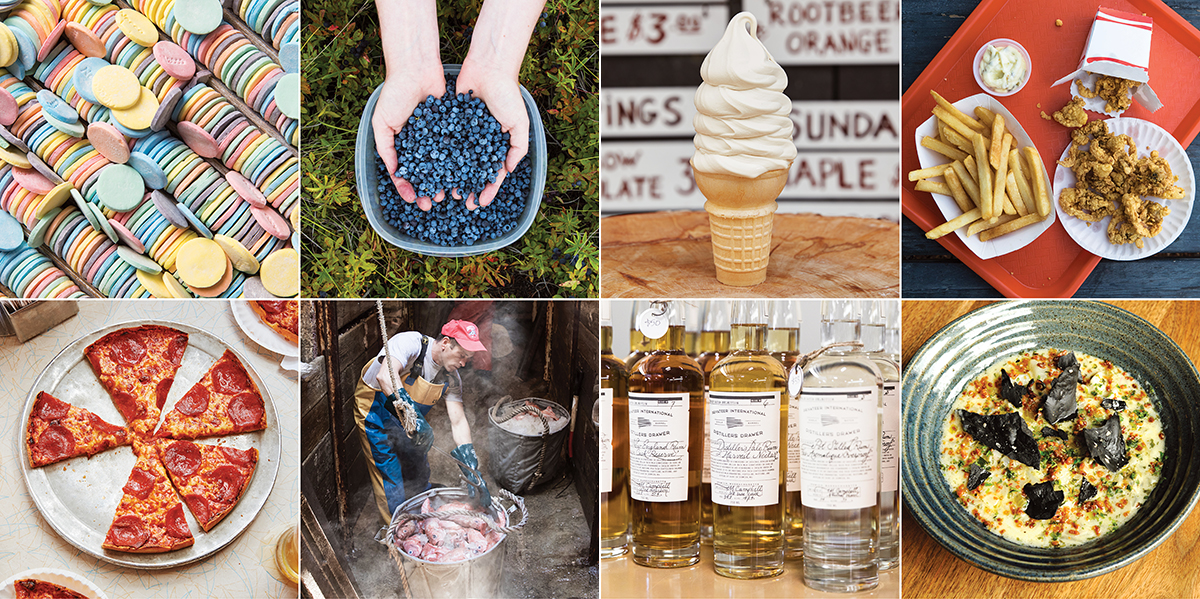
Photographs by Greta Rybus (wafers, blueberries, fish, rum); Jim Brueckner (pizza, creemee, clam strips); Julia Hopkins (chowder)
1–4. Brush Up on Our Food Lingo
Only in New England will you hear these four food terms.
- Packie: Where to go to stock up on nips and ’Gansett tallboys.
- Jimmies: A topping we crave on our ice-cream cones—even in January.
- Frappe: The best way to consume a day’s worth of calories in one sitting.
- Grinder, sub, Italian, spuckie: Definitely not a hoagie.

Portrait by Sam Kerr
5. Learn to Pickle Like Christopher Kimball
Seasoned farm-stand shoppers know you have to grab those asparagus stalks the moment they’re pulled out of the dirt or risk missing the season’s peak produce. To extend the life of your loot, try quick pickling, suggests Christopher Kimball, founder of the food-media company Milk Street. It’s quicker and easier than pressure canning, and “you get these wonderful flavors and textures that…add new dimension to your meals,” he says. Follow his tips:
- Salt vegetables for 30 to 60 minutes before pickling. This will remove water, allowing them to better absorb the brine.
- Don’t bother tracking down fancy vinegar; a basic white or cider variety will work.
- Your pickles will last in the refrigerator for about a month. “But they’ll probably be gone before then anyway,” Kimball adds.
Want to try? Here’s Kimball’s recipe for pickled veg.

Photograph by Greta Rybus
6. Hit the (Local) Bottle
An Ipswich distillery is leading the charge to revive the region’s rum-making heritage.
Rum runs through Andrew Cabot’s bloodline. During the American Revolution, his namesake ancestor was a distiller in Beverly, a tradition he’s keeping alive today as the owner of Privateer Rum. But Cabot wouldn’t be in the liquor industry if he didn’t also see a business opportunity: He describes rum, with its down-market, spring-break-party reputation, as a “laggard” category that’s primed for upward growth. One of the few local makers dedicated solely to sugarcane spirits, Cabot and distiller Maggie Campbell are on a mission to produce high-quality silver and amber rums by committing to long, slow fermentations and mindful barrel-aging and resting. So far, it seems to be working: The Ipswich-based brand is a regular presence on Boston-area cocktail menus, and Cabot is renovating his facility to accommodate ramped-up production and distillery tours. “It’s time rum gets it due,” he says.

Hauling fish at the port of New Bedford. / Photograph by Greta Rybus
7. Eat a Ton of Seafood
Here in New England, buckets runneth over with the freshest (and tastiest) fruits de mer.
- 131 million: Pounds of lobster caught in Maine in 2016
- $533 million: Value of Maine’s lobster catch in 2016
- 45%: Percentage of Maine’s 2016 total catch that was lobster (its number one fishery)
- 359: Number of shellfish farms in Massachusetts
- 50,000: Number of oysters shucked per month at Island Creek Oyster Bar
- 5 million: Number of oysters Duxbury’s Island Creek Oysters cultivated and sold last year
- 10 million: Number of oyster seeds that must be planted to harvest 5 million oysters
- Galilee, RI: Number one port for longfin squid landings on the East Coast
- $28.6 million: Value of the squid caught off the shores of Rhode Island last year
- New Bedford, MA: The country’s highest-grossing commercial fishing port
- $322 million: Value of the seafood landed at the port of New Bedford in 2015
- Sea Scallops: Catch that brings in the most money

Portrait by Sam Kerr
8. Cook Up a Clam Boil Like Emeril Lagasse
Long before he became an expert on New Orleans cuisine, chef Emeril Lagasse learned how to whip up southeastern Massachusetts staples such as the Portuguese-style clam boil in his parents’ Fall River kitchen. Follow his tips:
- Spice it up with Portuguese sausage. “My family always used chouriço, but linguiça is good, too,” Lagasse says, recommending versions made by Michael’s Provision Co. and Gaspar’s Sausage Co.
- Source and handle seafood with care, trusting your nose and eyes. “The best clams were from Tiverton, and I remember driving there with Dad to get several sacks,” Lagasse says.
- Season with Old Bay, salt, garlic, and tarragon, then taste, then season again as necessary. “Follow your taste buds, and you can’t go wrong,” he adds.
Want to try? Here’s Lagasse’s recipe for a New England clam boil.
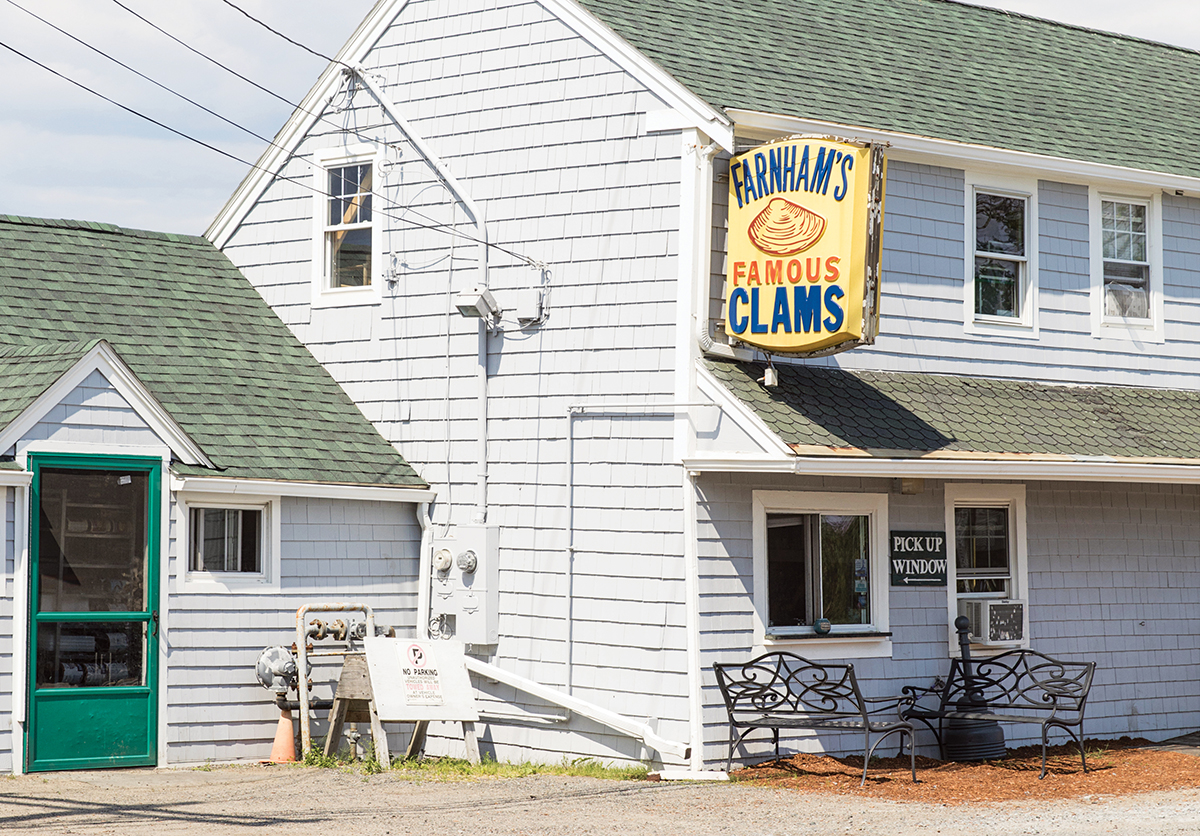
Photograph by Greta Rybus
9–12. Go on a Seafood-Shack Crawl
Boston’s top chefs reveal their picks for a no-frills fish fix.
J.T. Farnham’s, Essex
“I always get the fried items, especially the clams and scallops. I love how clean and light the fry batter is there. Grab your food and snag a picnic table on the marsh, where you can watch people scooting in and out on their boats.” 88 Eastern Ave., 978-768-6643, jtfarnhams.com. —Michael Scelfo, Waypoint
Kream ’n Kone, West Dennis
“It’s my go-to spot for divey takeout on the Cape. They make super-sweet and plump fried clams in a simple breading that makes them just the right crispiness. The house-made onion strings are also a must-get.” 961 Main St., 508-394-0808, kreamnkone.com. —Ken Oringer, Little Donkey
The Clam Shack, Kennebunk, Maine
“My wife, Adrienne, and I always opt for the lobster roll with butter, a squeeze of lemon, and a dash of hot sauce. The lobster is always perfect and they serve the sandwich warm on a round dinner roll—in a word, delicious.” 2 Western Ave., 207-967-3321, theclamshack.net. —Michael Schlow, Doretta Taverna
Mac’s Shack, Wellfleet
“Mac’s sources some of the freshest seafood around. The restaurant is in a 19th-century house that was once a nautical shop, so it has these great old bones to the place. Start off with some Wellfleet oysters, of course.” 91 Commercial St., 508-349-6333, macsseafood.com. —Barbara Lynch, Menton

Photograph by Toan Trinh
13. Consider the Lobster Roll
Hot vs. cold: Which side are you on?
You’re not really a New Englander until you’ve chimed in on the great lobster-roll debate: There’s the classic Maine style (chilled, often dressed with mayonnaise) popularized to our north, and the Connecticut style (warm, with butter) beloved to our south. So which version reigns supreme in these parts? At both Row 34 and Neptune Oyster, the buttered roll outsells its mayo cousin by a whopping 4 to 1. But what the chilled version lacks in popularity, it makes up for in memories. Whenever Row 34 chef Jeremy Sewall has a craving, he reaches for his Ethel’s Creamy Lobster Roll, just like his Mainer grandmother used to make.
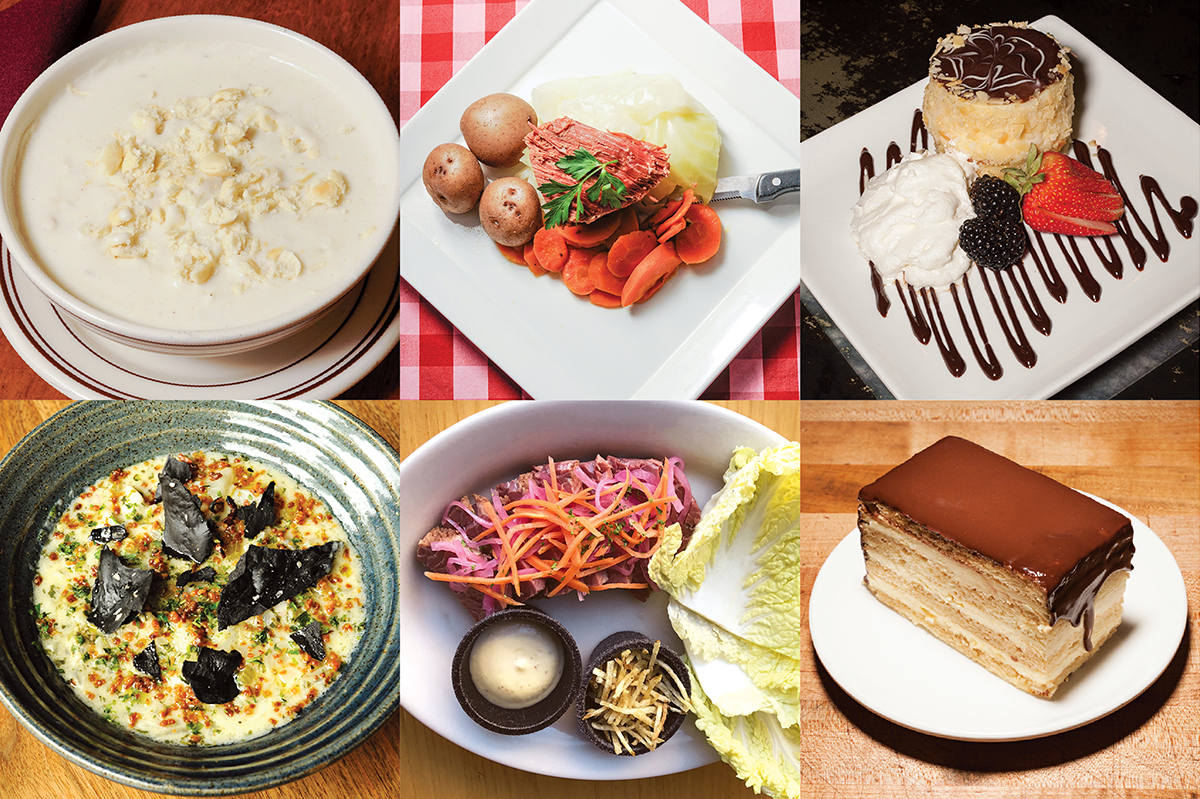
Top row: old school; bottom row: new school. / Courtesy Photo via Moxy, Others by Lizzy Barrett
14–19. Try a New-School Take on an Old-School Favorite
Keep it traditional, or go for a 21st-century twist? The choice is yours.
— Chowder —
Old School: Union Oyster House
On the menu since at least 1850, this version is made according to the classic recipe: Ingredients including salt pork, chopped clams, and half-and-half are simmered to create a thick soup so white it almost glows. 41 Union St., Boston, 617-227-2750, unionoysterhouse.com.
New School: Townsman
For his riff on the standby, chef Matt Jennings adds country ham, grilled squid, and bycatch (scup, sea robin) from local day-boat fishermen to a traditional creamy base. The finishing touch? Squid-ink crackers. 120 Kingston St., Boston, 617-993-0750, townsmanboston.com.
— Boiled Dinner —
Old School: Durgin-Park
Frequently plunked down with sass at this Faneuil Hall institution: four-hour-brined corned-beef brisket served with hunks of cabbage, carrots, and potatoes. 340 N. Market St., Boston, 617-227-2038, arkrestaurants.com/durgin_park.
New School: Moxy
Chef Matt Louis’s deconstructed, build-your-own-style New England dinner lays out Napa cabbage leaves for wrapping, plus house-brined beef brisket and accoutrements such as pickled carrots to go inside. 106 Penhallow St., Portsmouth, NH, 603-319-8178, moxyrestaurant.com.
— Boston Cream Pie —
Old School: Omni Parker House
Invented here, this quintessential Boston dessert has changed a little bit with the times. The hotel now typically serves the sponge-and-cream confection in mini, single-size portions, with full cakes available on a day’s notice. 60 School St., Boston, 617-227-8600, omnihotels.com.
New School: Flour Bakery + Café
Drizzled with chocolate ganache in lieu of fondant, Joanne Chang’s spin is made with coffee-soaked sponge cake and an extra-airy pastry cream, “so it’s especially light and fluffy,” she says. 1595 Washington St., Boston, 617-267-4300; and other locations; flourbakery.com.

Portrait by Sam Kerr
20. Prepare Venison Like Jacques Pépin
After residing in Connecticut for more than 40 years, French chef Jacques Pépin considers himself a bona fide New Englander. “It’s where I’ve lived the longest in my life,” he says. His mastery of venison cookery dates back to his apprentice days in Paris, and remains helpful when local friends ask him about the best way to prepare this native game meat. Follow his tips:
- It’s typically safe to eat hunted deer, but if you’ve never worked with it before, start by purchasing it from a reputable butcher such as Savenor’s.
- Lean venison loin can be cooked like beef loin. “I like to sauté it briefly, then deglaze with vinegar, a bit of shallots, and a bit of red wine,” Pépin says. “Then I add ketchup and red currant jelly—that’s my secret.”
- Alternatively, you can make a hamburger with ground venison shoulder blended with beef brisket.
Want to try? Here’s Pépin’s recipe for venison steaks in sweet-sour sauce.
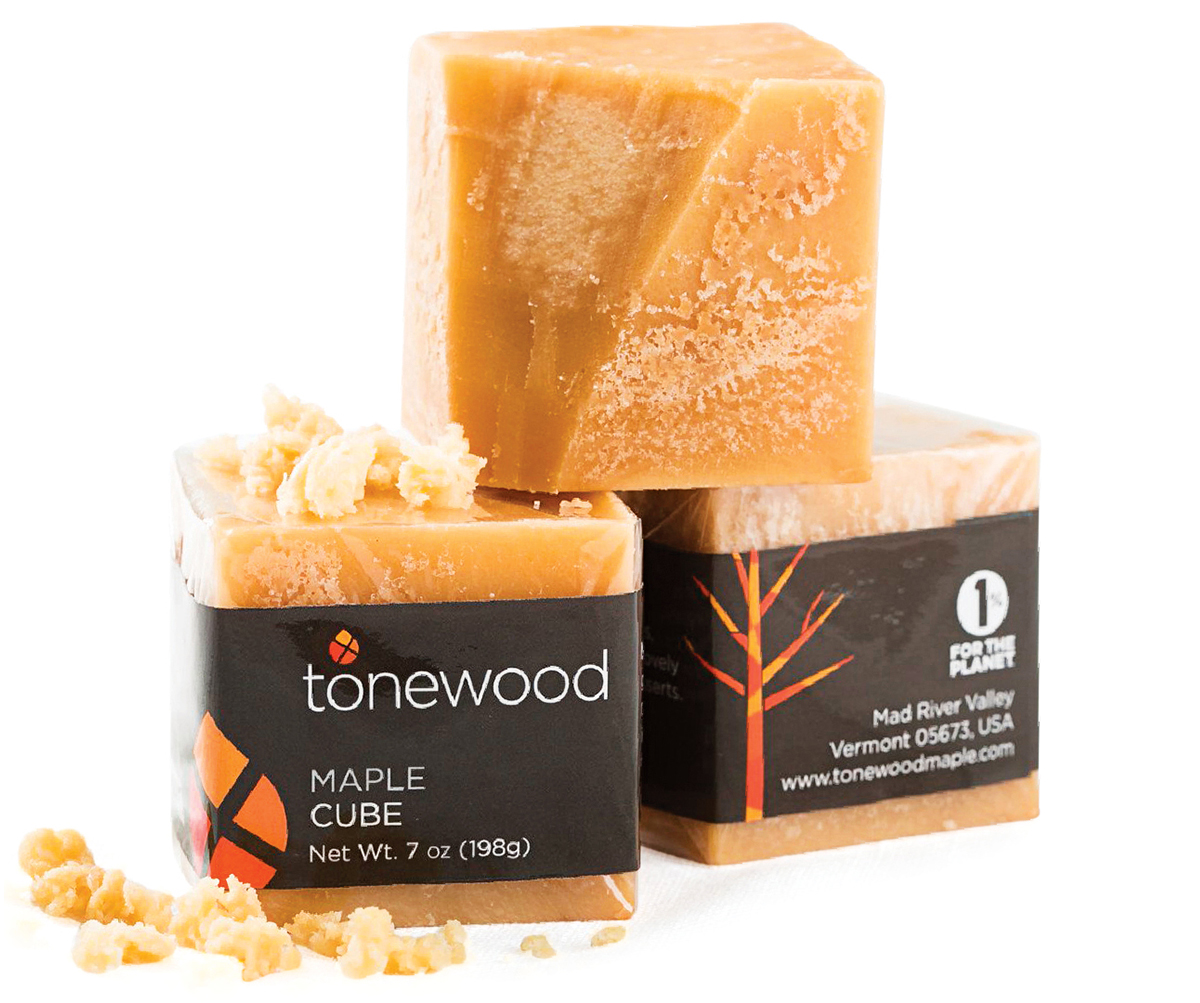
Courtesy Photo
21. Sample Modern Maple
If you still think it’s only for pancakes, you’re missing out.
In recent years, Vermont entrepreneurs have been opening our eyes to new ways to use the antioxidant-packed natural sweetener. Through her Mad River Valley company Tonewood, for example, Dori Ross sells microplane-ready maple cubes (pictured), ideal for shaving on top of oatmeal, ice cream, or even salad (think blue cheese with radicchio). Runamok Maple, meanwhile, is infusing syrups with ingredients such as makrut lime leaf and hibiscus flower—great shaken into cocktails. And St. Albans–based Drink Maple bottles water tapped from maple trees for its hint-of-sweet, mineral-rich sports-drink alternative.

Prepping a rainbow of wafers. / Photograph by Greta Rybus
22–26. Take Pride in Our Exports
Launched as small local operations, these brands are now beloved by fans from far beyond our borders.
Necco
Year founded: 1847
Headquarters: Revere
Claim to fame: Cheeky, chalky Valentine’s Day conversation hearts; pastel wafers stored in the pockets of grandfathers across the country.
Ocean Spray
Year founded: 1930
Headquarters: Lakeville/Middleboro
Claim to fame: A place on every Thanksgiving table, and in every Cape Codder.
Dunkin’ Donuts
Year founded: 1950
Headquarters: Canton
Claim to fame: 1.8 billion cups of coffee poured a year, at outposts as far away as New Zealand and Indonesia.
Ben & Jerry’s
Year founded: 1978
Headquarters: South Burlington, Vermont
Claim to fame: Chubby Hubby and Cherry Garcia, devoured right out of the container.
Cape Cod Chips
Year founded: 1980
Headquarters: Hyannis, with a parent company in North Carolina
Claim to fame: Kettle chips with a just-right crunch factor—a quintessential beach snack.
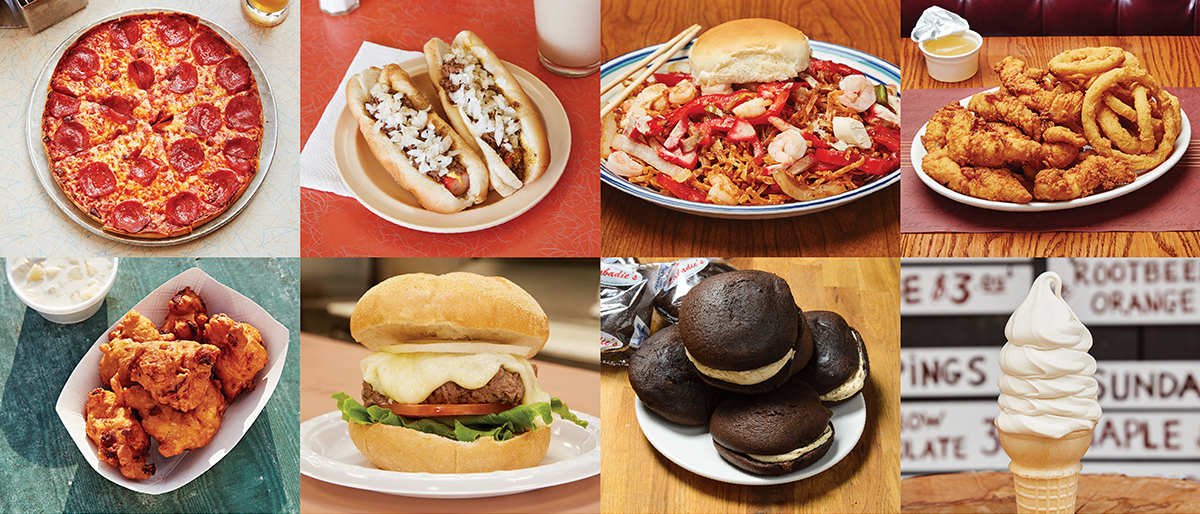
Photographs by Jim Brueckner; Lizzy Barrett (Whoopie Pie)
27–34. Road-Trip for a Regional Classic
Wait, you’ve never heard of a…? Deep-fried, baked, steamed, and swirled, these beloved no-frills treats have a strong following in certain parts of New England.
— Bar Pie —
Lynwood Café, Randolph: A cold beer knows no better companion than this South Shore–area pizza phenomenon: 10 inches of greasy goodness, served right in the pan, with blistered cheddar lacing up the edges of a buttery, pleasantly crackery crust. Toppings range from pepperoni to baked beans.
— Hot Wiener and Coffee Milk —
Olneyville N.Y. System, Providence, Rhode Island: Ordered “all the way,” Rhode Island’s favorite pork-and-veal links come nestled in a steamed bun, topped with a slightly spicy meat sauce, chopped onions, yellow mustard, and celery salt. Pair them with coffee milk for a sweet-salty combo.
— Chow Mein Sandwich —
Mee Sum Restaurant, Fall River: It’s called a sandwich, but you’ll probably need a fork. The hamburger bun is really there to help mop up the rich brown gravy that’s ladled atop a pile of crispy noodles, fried at Fall River’s Oriental Chow Mein Company and available only in the city and its environs.
— Chicken Tenders —
Puritan Backroom Restaurant, Manchester, New Hampshire: Campaigning politicians regularly stop by this restaurant—and so should you—for Manchester’s signature chicken dish: battered whole pieces of marinated tenderloin, deep-fried until golden and served with sweet-sour duck sauce.
— Clam Cakes —
Aunt Carrie’s, Narragansett, Rhode Island: Chowder meets its dreamboat match on the shores of Rhode Island, where quahog-studded fritters are traditionally dunked into Styrofoam cups of red, white, or clear broth. Hint: The almost-burnt crunchy bits are the best part of this just-out-of-the-fryer delicacy.
— Steamed Cheeseburger —
Ted’s Restaurant, Meriden, Connecticut: No, this isn’t the latest diet-food craze. Central Connecticut denizens have been craving these patties for decades, in large part due to the steaming process in a stainless steel cabinet, which yields a lighter-textured burger and lavalike cheddar.
— Whoopie Pie —
Labadie’s Bakery, Lewiston, Maine: While its origins remain unclear—was it invented in the Pine Tree State, Pennsylvania, or elsewhere?—Mainers have officially claimed this dessert as their own. This family-owned bakery has been whipping up the pillowy chocolate-cake-and-vanilla-cream sandwiches since 1925.
— Maple Creemee —
Morse Farm Maple Sugarworks, Montpelier, Vermont: In Vermont, soft-serve ice cream is more commonly called a creemee, and tastes best when enhanced with pure maple. At this family-run sugarhouse, the frozen treat gets its robust flavor from a heavy pour of dark syrup mixed into a vanilla base.

Photograph by Jim Brueckner
35–38. Hit the Vermont Cheese Trail
Catherine Donnelly, editor of the James Beard Award–winning The Oxford Companion to Cheese, shares her top stops on the state’s fromage route.
Vermont Shepherd, Putney: Head here for highly regarded sheep’s-milk cheeses, aged on wooden boards for several months in a European-style cave (pictured above). Cheesemaker David Major learned the art from French fromagers in the Basque Pyrenees. Donnelly’s must-try: sweet and milky Verano. vermontshepherd.com.
Shelburne Farms, Shelburne: This nonprofit working farm relies on a resident herd of Brown Swiss cows to produce milk for the several styles of cheddar it makes year round. It also hosts the annual Vermont Cheesemakers Festival every July. Donnelly’s must-try: two-year cheddar, the farm’s extra-sharp flagship. shelburnefarms.org.
Boucher Family Farm, Highgate: Dawn Morin-Boucher uses milk from her family’s fleet of Holstein, French Normandy, and Guernsey dairy cows to craft small-batch washed-rind, blue, and aged tome-style wedges. Donnelly’s must-try: Gore-Dawn-Zola, a crumbly, Gorgonzola-style blue. boucherfamilyfarm.blogspot.com.
Parish Hill, Westminster West: Stop by for raw-milk styles inspired by traditional DOP Italian varieties such as the gourd-shaped Caciocavallo. Donnelly’s must-try: Vermont Herdsman, an Asiago-style washed-rind cheese that’s aged 12-plus months to develop a slightly sharp flavor. Open by appointment only; parishhillcreamery.com.
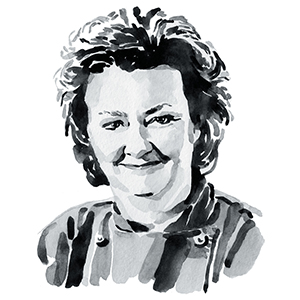
Portrait by Sam Kerr
39. Bake Indian Pudding Like Lydia Shire
When she bought the late, great Locke-Ober in 2001, Lydia Shire inherited one of the city’s most legendary restaurants—and a subpar recipe for Indian pudding. So she set out to upgrade the classic cornmeal dessert, transforming it into a lighter, custardlike treat. Follow her tips:
- Indian puddings have a tendency to come out heavy and thick. “Most recipes you will find are of the gluey, gloppy mess type,” Shire says. She changes the consistency by folding in beaten egg whites and baking the mixture in a water bath.
- Go ahead and skip the raisins and spices: “I simply like the flavor of molasses, maple sugar, and plenty of pure vanilla extract with whole milk, cream, and eggs.”
- Don’t go too crazy with the cornmeal. To keep the texture airy, Shire’s version, which serves 12, uses a mere 4 ounces.
Want to try? Here’s Shire’s recipe for Indian pudding.

Photograph by Kelsey Cronin
40–42. Indulge in a Homespun Treat
Because PB-and-Fluff sandwiches do a body good—right?
- Toll House Cookies: Home bakers everywhere can claim success thanks to Ruth Wakefield’s no-fail recipe, created at the Toll House Inn, in Whitman, in the 1930s.
- Moxie: This sweet-bitter 19th-century soda boasts its own museum and fan club in Maine. Chef Will Gilson, of Puritan & Company, uses it to glaze pork belly.
- Marshmallow Fluff: Read Mimi Graney’s new book Fluff for a primer on the Somerville-invented treat—then celebrate its centennial at What the Fluff Festival on September 23.
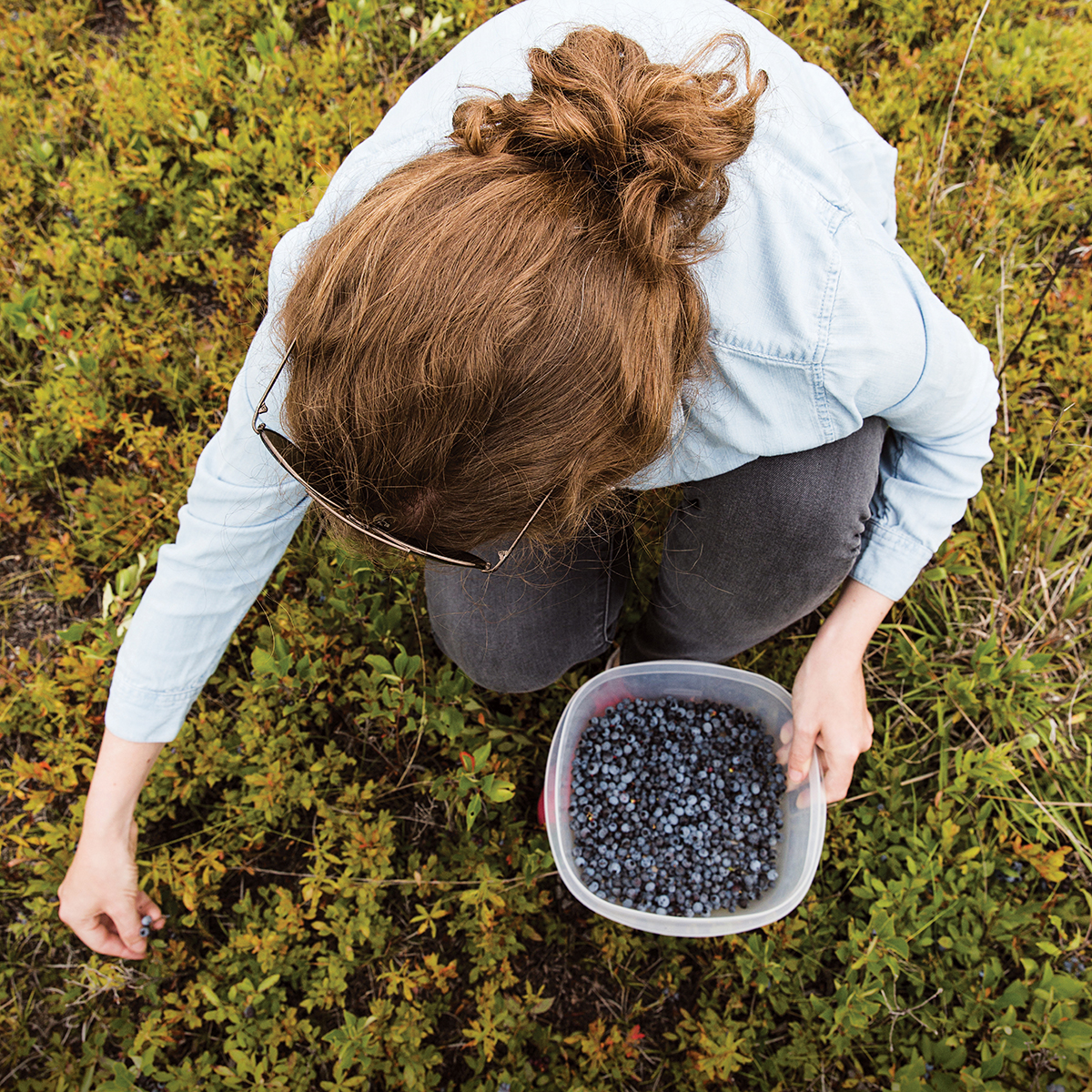
Photograph by Greta Rybus
43. Forage for Wild Maine Blueberries
Head to the Kennebunk Plains to stain your hands with some of the sweetest, juiciest fruit around.
Step out onto the hiking trails of the Kennebunk Plains, just a 90-minute drive from Boston, and you’ll stumble upon some of the world’s very best wild blueberries, ripe and free for the taking. Curiously, the fruit thrives in the preserve’s gravely, nutrient-poor soil, the result of a glacier that melted thousands of years ago. Conservators just ask that you tread lightly: The habitat—and its indigenous berries—support a lively ecosystem of creatures, including birds, bears, and butterflies. So park only in designated areas, don’t leave any trash on the trails, and pick only what you’ll use for personal consumption—but by all means, freeze or dehydrate those beautiful blues for use come wintertime, suggests Nature Conservancy land steward Jon Bailey. This year’s crop is expected to be at its peak come mid-August through mid-September, so get your picking pails ready.
Off Highway 99, Kennebunk, Maine, 207-729-5181, nature.org.

